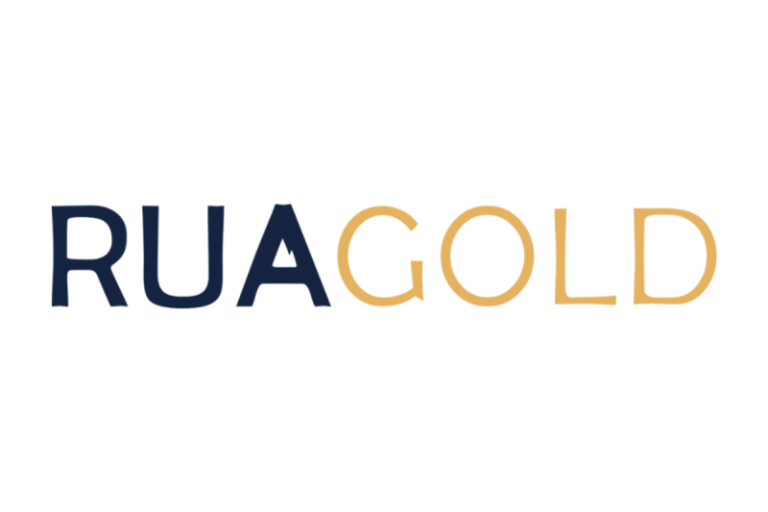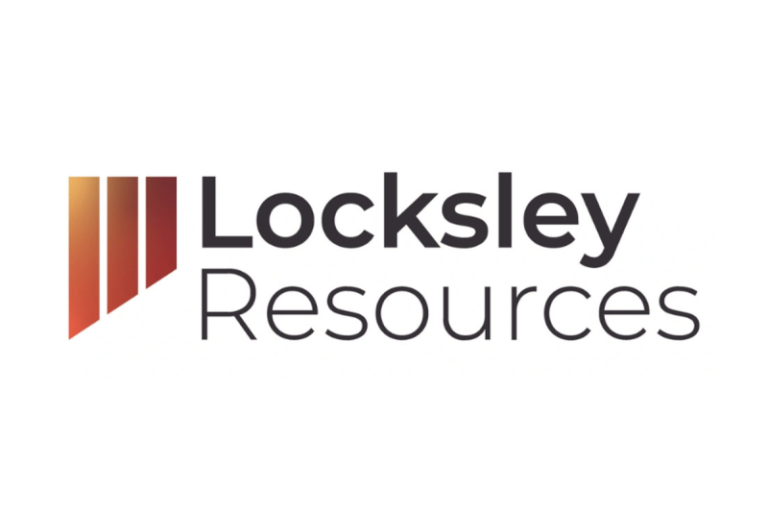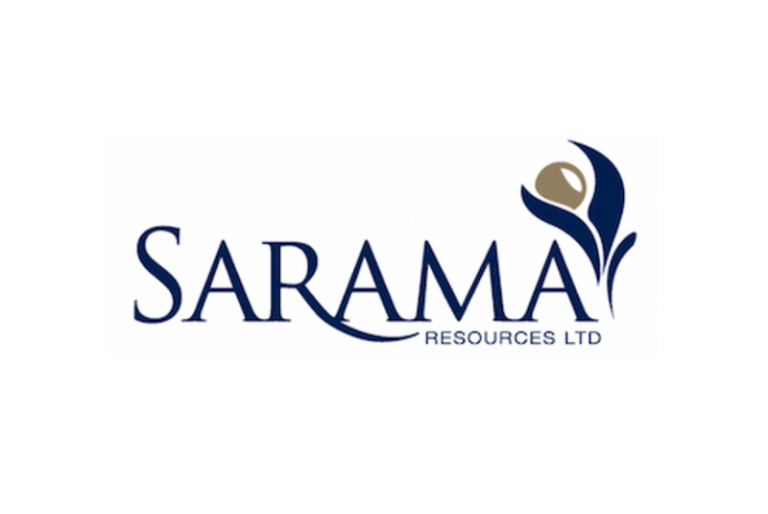Rua Gold Inc. (TSXV: RUA,OTC:NZAUF) (OTCQB: NZAUF) (WKN: A40QYC) (‘Rua Gold’ or the ‘Company’) is pleased to announce that it has engaged ICP Securities Inc. (‘ICP’) to provide automated market making services, including use of its proprietary algorithm, ICP Premium, in compliance with the policies and guidelines of the TSX Venture Exchange and other applicable legislation.
The Company will pay ICP a monthly fee of C$7,500 plus applicable taxes. The agreement between the Company and ICP commenced on November 1, 2025, and has an intial term of four (4) months (the ‘Initial Term’). It will automatically renew for subsequent one (1) month terms (each an ‘Additional Term’), unless either party provides at least 30 days written notice prior to the end of the Initial Term or any Additional Term. There are no performance-based factors in the agreement and no stock options or other forms of compensation are being issued in connection with the engagement. ICP and its clients may, from time to time, acquire or hold securities of the Company.
ICP is an arm’s-length party to the Company. ICP’s market making activity will be conducted primarily to correct temporary imbalances in the supply and demand of the Company’s shares. ICP will be responsible for all costs associated with buying and selling the Company’s shares, and no third party will provide funds or securities for the market making services.
OPTION GRANT
The Company granted 200,000 options (each, an ‘Option‘) to Mr. Simon Delander of the Company in accordance with the Company’s stock option plan dated July 24, 2024. Each Option is exercisable into one Common Share at an exercise price of $1.02 per Common Share for five years following the date of grant. The Options are subject to a 2-year vesting period with 100,000 Options vesting on October 20, 2026 and 100,000 Options vesting on October 20, 2027.
ABOUT ICP SECURITIES INC.
ICP Securities Inc. is a Toronto based CIRO dealer-member that specializes in automated market making and liquidity provision, as well as having a proprietary market making algorithm, ICP Premium, that enhances liquidity and quote health. Established in 2023, with a focus on market structure, execution, and trading, ICP has leveraged its own proprietary technology to deliver high quality liquidity provision and execution services to a broad array of public issuers and institutional investors.
ABOUT Rua Gold
Rua Gold is an exploration company, strategically focused on New Zealand. With decades of expertise, our team has successfully taken major discoveries into producing world-class mines across multiple continents. The team is now focused on maximizing the asset potential of Rua Gold’s two highly prospective high-grade gold projects.
The Company controls the Reefton Gold District as the dominant landholder in the Reefton Goldfield on New Zealand’s South Island with over 120,000 hectares of tenements, in a district that historically produced over 2Moz of gold grading between 9 and 50g/t.
The Company’s Glamorgan Project solidifies Rua Gold’s position as a leading high-grade gold explorer on New Zealand’s North Island. This highly prospective project is located within the North Islands’ Hauraki district, a region that has produced an impressive 15Moz of gold and 60Moz of silver. Glamorgan is adjacent to OceanaGold Corporation’s biggest gold mining project, Wharekirauponga.
For further information, please refer to the Company’s disclosure record on SEDAR+ at www.sedarplus.ca.
CONNECT AND SHARE
LinkedIn: https://www.linkedin.com/company/rua-gold
X: https://x.com/RuaGold
YouTube: https://www.youtube.com/@RUA_GOLD/
Facebook: https://www.facebook.com/ruagold.inc
Instagram: https://www.instagram.com/ruagold.inc/
Rua Gold CONTACT
Robert Eckford
Chief Executive Officer
Phone: +1 604 655 7354
Email: reckford@RUAGOLD.com
Website: www.RUAGOLD.com
Neither TSX Venture Exchange nor its Regulation Services Provider (as that term is defined in policies of the TSX Venture Exchange) accepts responsibility for the adequacy or accuracy of this release.
This news release includes certain statements that may be deemed ‘forward-looking statements’. All statements in this new release, other than statements of historical facts, that address events or developments that the Company expects to occur, are forward-looking statements. Forward-looking statements are statements that are not historical facts and are generally, but not always, identified by the words ‘expects’, ‘plans’, ‘anticipates’, ‘believes’, ‘intends’, ‘estimates’, ‘projects’, ‘potential’ and similar expressions, or that events or conditions ‘will’, ‘would’, ‘may’, ‘could’ or ‘should’ occur and specifically include statements regarding: the Company’s strategies, expectations, planned operations or future actions, including but not limited to exploration programs at its Reefton and Glamorgan projects and the results thereof. Although the Company believes the expectations expressed in such forward-looking statements are based on reasonable assumptions, such statements are not guarantees of future performance and actual results may differ materially from those in the forward-looking statements.
Investors are cautioned that any such forward-looking statements are not guarantees of future performance and actual results or developments may differ materially from those projected in the forward-looking statements. A variety of inherent risks, uncertainties and factors, many of which are beyond the Company’s control, affect the operations, performance and results of the Company and its business, and could cause actual events or results to differ materially from estimated or anticipated events or results expressed or implied by forward-looking statements. Some of these risks, uncertainties and factors include: general business, economic, competitive, political and social uncertainties; risks related to the effects of the Russia-Ukraine war; risks related to climate change; operational risks in exploration, delays or changes in plans with respect to exploration projects or capital expenditures; the actual results of current exploration activities; conclusions of economic evaluations; changes in project parameters as plans continue to be refined; changes in labour costs and other costs and expenses or equipment or processes to operate as anticipated, accidents, labour disputes and other risks of the mining industry, including but not limited to environmental hazards, flooding or unfavorable operating conditions and losses, insurrection or war, delays in obtaining governmental approvals or financing, and commodity prices. This list is not exhaustive of the factors that may affect any of the Company’s forward-looking statements and reference should also be made to the Company’s short form base shelf prospectus dated July 11, 2024, and the documents incorporated by reference therein, filed under its SEDAR+ profile at www.sedarplus.ca for a description of additional risk factors.
Forward-looking statements are based on the beliefs, estimates and opinions of the Company’s management on the date the statements are made. Except as required by applicable securities laws, the Company undertakes no obligation to update these forward-looking statements in the event that management’s beliefs, estimates or opinions, or other factors, should change.
To view the source version of this press release, please visit https://www.newsfilecorp.com/release/272929
News Provided by Newsfile via QuoteMedia










